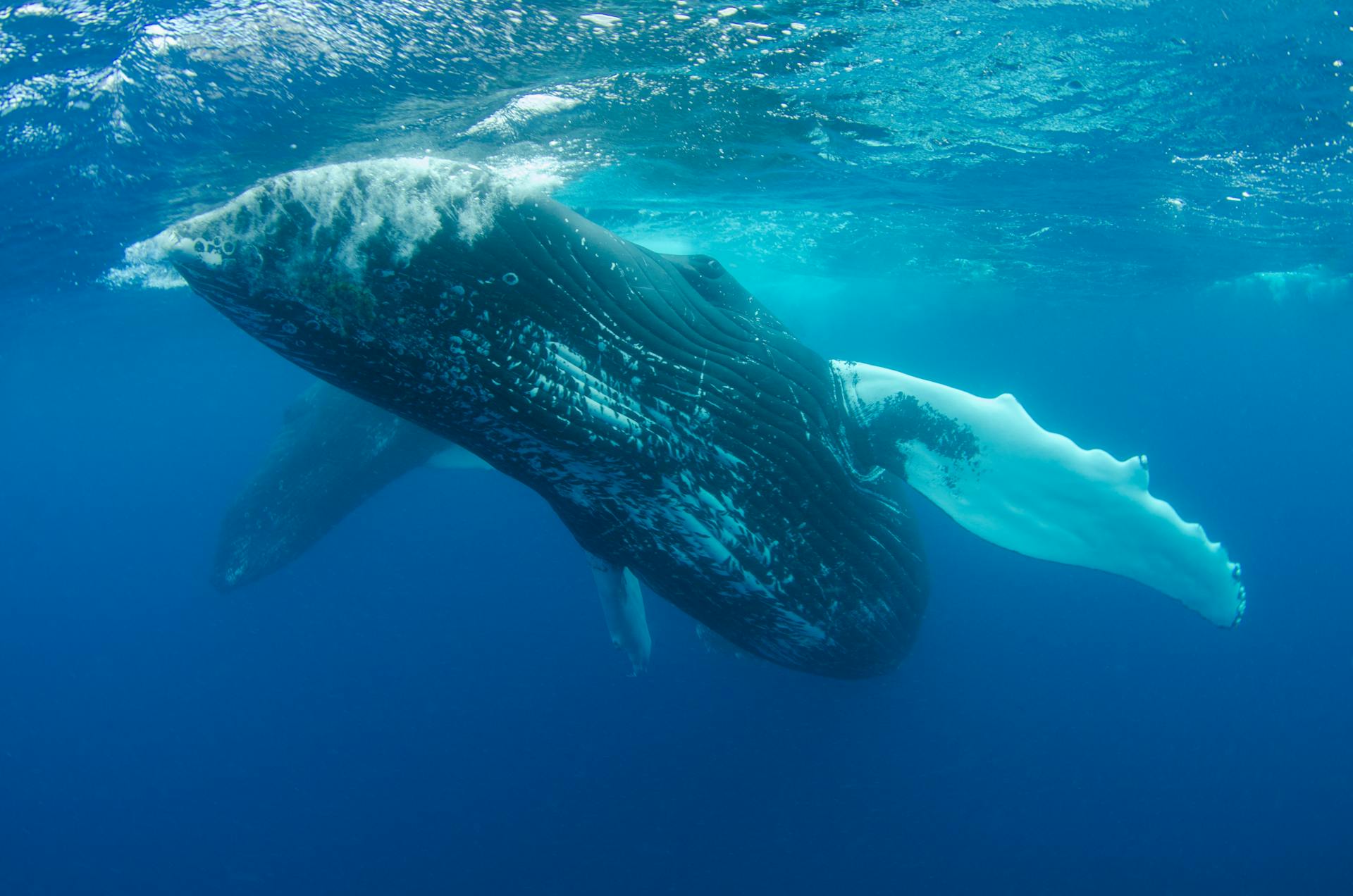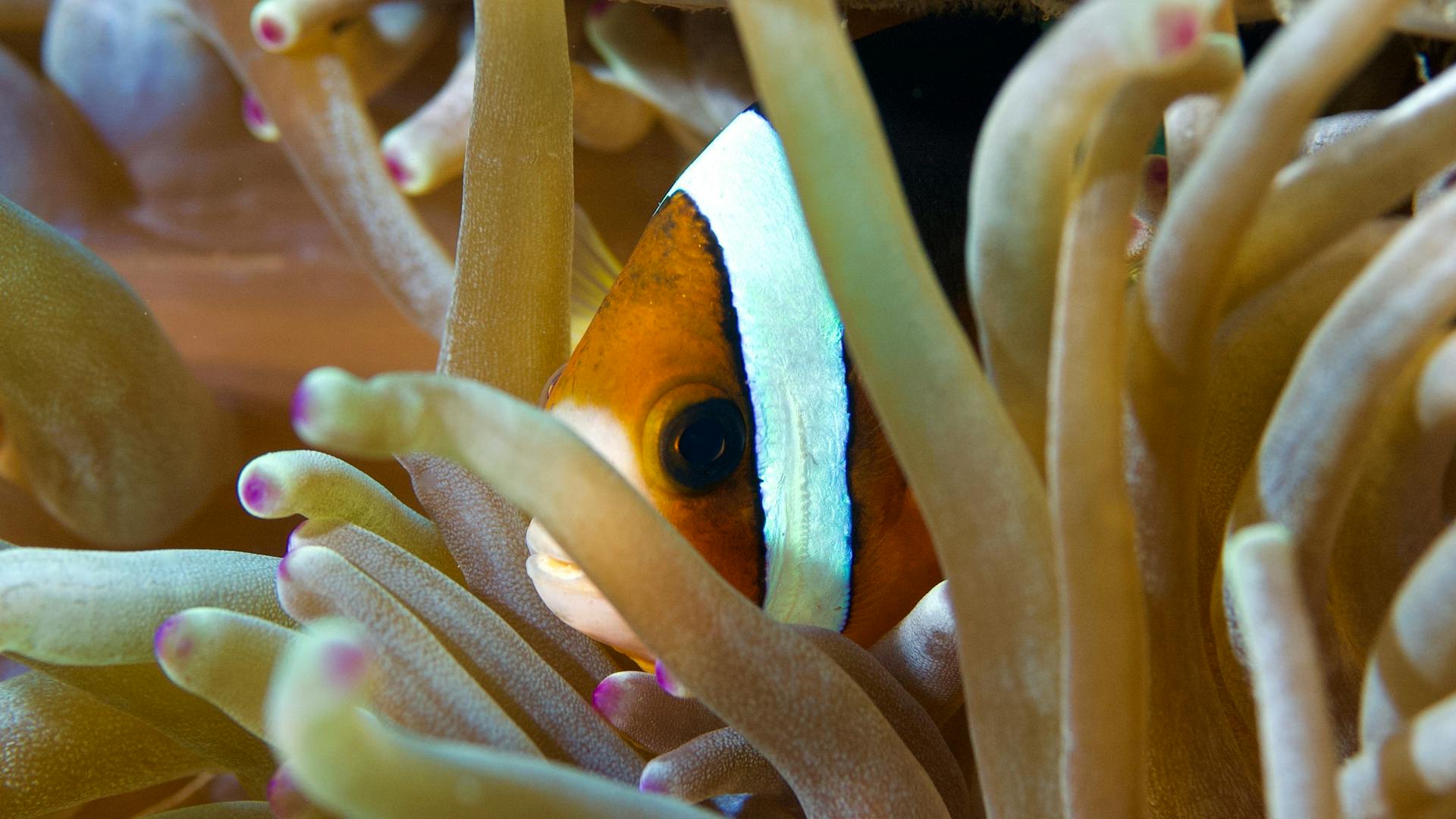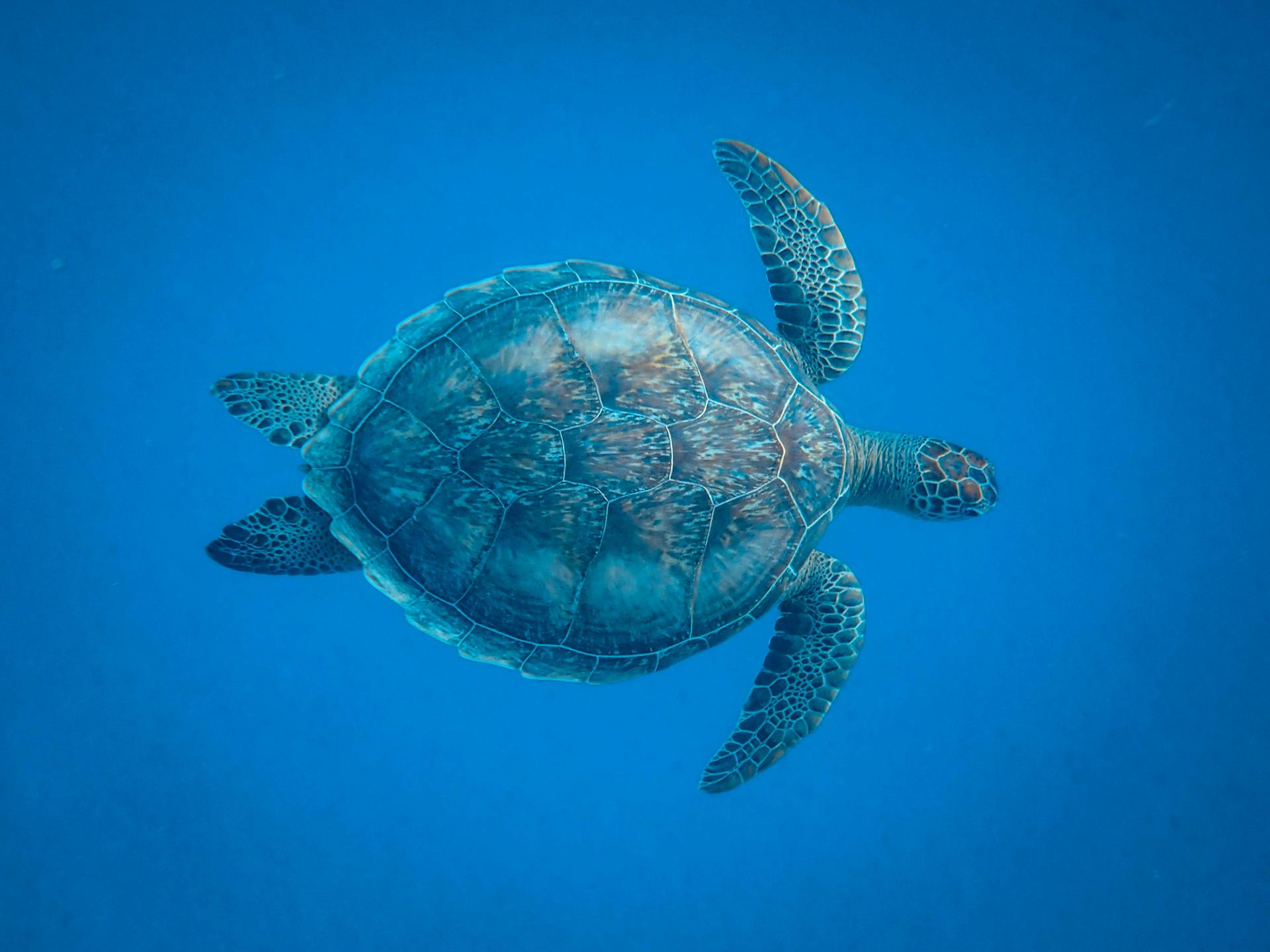Imagine an animal so colossal that its heart alone weighs as much as an average car and its tongue is comparable in weight to an elephant. This is not a scene from a science fiction novel but the reality of the blue whale, the largest creature ever known to have graced our planet.
In the vast expanse of Earth’s oceans, the blue whale reigns supreme as the largest animal to have ever existed. Stretching up to 100 feet in length and weighing as much as 200 tons, these gentle giants dwarf even the largest dinosaurs in size and scale. Despite their immense size, blue whales remain elusive and enigmatic, often glimpsed only fleetingly against the vast ocean backdrop. Understanding and appreciating these magnificent creatures is not merely an exercise in awe but a crucial step in ensuring their survival. Their existence highlights the delicate balance of marine ecosystems and underscores the pressing need for ongoing conservation efforts. In exploring the grandeur of the blue whale, we not only celebrate one of nature’s greatest marvels but also reaffirm our commitment to protecting the wonders of our natural world.
Physical Characteristics
The blue whale, Balaenoptera musculus, is a marvel of natural engineering, exemplifying the extremes of size and scale in the animal kingdom. On average, adult blue whales reach lengths of 70 to 90 feet and can weigh between 100 to 200 tons. However, record individuals have surpassed 100 feet and tipped the scales at over 200 tons, making them not only the largest living animals but also the largest animals ever known to exist. Their colossal size is supported by a streamlined, torpedo-shaped body designed for efficient travel through the water. The blue whale’s distinctive coloration—primarily a mottled blue-grey with lighter spots—provides a subtle camouflage against the deep ocean.
Habitat and Distribution
Blue whales are found in all the world’s oceans, though their distribution varies with the seasons. They predominantly inhabit the cold waters of the polar regions during feeding season, where their primary food source, krill, is abundant. During warmer months, they migrate towards the more temperate and tropical waters for breeding. Their migratory patterns cover vast distances, often spanning thousands of miles, reflecting the need to follow nutrient-rich waters and suitable breeding grounds. Blue whales are typically found in deep oceanic waters rather than coastal regions, where they thrive in environments that provide the necessary conditions for their feeding and breeding.
Feeding and Diet
The diet of a blue whale consists almost entirely of krill, tiny shrimp-like crustaceans that swarm in massive numbers in the ocean’s upper layers. During feeding season, a blue whale can consume up to 4 tons of krill a day. To feed, the whale uses a technique called lunge feeding, where it accelerates through a swarm of krill with its mouth open wide, then closes its mouth and uses its tongue to push the water out through its baleen plates, trapping the krill inside. This method is highly effective in harvesting large quantities of food in a single gulp. By consuming such vast amounts of krill, blue whales play a critical role in maintaining the balance of marine ecosystems, influencing the abundance and distribution of krill and other marine life.
Behavior and Communication
Blue whales are generally solitary animals, though they occasionally gather in small groups during feeding or mating. Their social interactions are minimal compared to other whale species, but their communication is highly sophisticated. They produce a series of low-frequency vocalizations that can travel hundreds of miles underwater. These sounds serve various purposes, including navigation, locating other whales, and possibly even coordinating movements. The whales use these deep, resonant calls to communicate across vast distances in the ocean, demonstrating a complex and essential aspect of their behavior.
Reproduction and Lifespan
Breeding occurs annually, with mating typically happening during the winter months in warmer waters. After a gestation period of about 11 to 12 months, females give birth to a single calf, which is about 23 feet long and weighs around 2.5 tons at birth. Calves are nursed for about six to seven months, during which they grow rapidly, gaining up to 200 pounds per day. Blue whales can live to be 70 to 90 years old, although factors such as ship strikes, entanglement in fishing gear, and climate change can impact their longevity.
Conservation Status
Historically, blue whales faced severe threats from whaling, which decimated their populations in the 20th century. Despite international protections and the end of commercial whaling, blue whales continue to face threats from ship strikes, entanglement in fishing gear, and climate change. Conservation efforts have included the establishment of marine protected areas, regulations to reduce ship strikes, and ongoing research to monitor and understand blue whale populations. These efforts are crucial for ensuring the survival of this magnificent species and maintaining the health of marine ecosystems.
The Blue Whale’s Role in Marine Ecosystems
Blue whales play a significant role in ocean health by influencing the structure of marine food webs. Their feeding habits help regulate krill populations, and their nutrient-rich waste supports the growth of phytoplankton, which forms the basis of the marine food chain. By cycling nutrients through their large bodies, blue whales contribute to the overall productivity and balance of the oceanic environment.
The Blue Whale in Human Culture
The blue whale has captured the human imagination and appears frequently in literature, art, and media as a symbol of the natural world’s grandeur and mystery. In various cultures, the blue whale represents wisdom, strength, and the majesty of the ocean. This cultural significance highlights our deep-seated fascination with these creatures and underscores the importance of preserving their habitats for future generations to appreciate.
Conclusion
The blue whale stands as a testament to the wonders of the natural world, embodying both the awe-inspiring scale of life on Earth and the fragile balance that sustains it. As we continue to learn more about these gentle giants, it becomes increasingly clear that our efforts to conserve them are not just about protecting a single species but also about safeguarding the health of our oceans. By fostering a deeper understanding and appreciation of the blue whale, we reaffirm our commitment to preserving the incredible biodiversity of our planet and ensuring that future generations can marvel at these majestic creatures.


